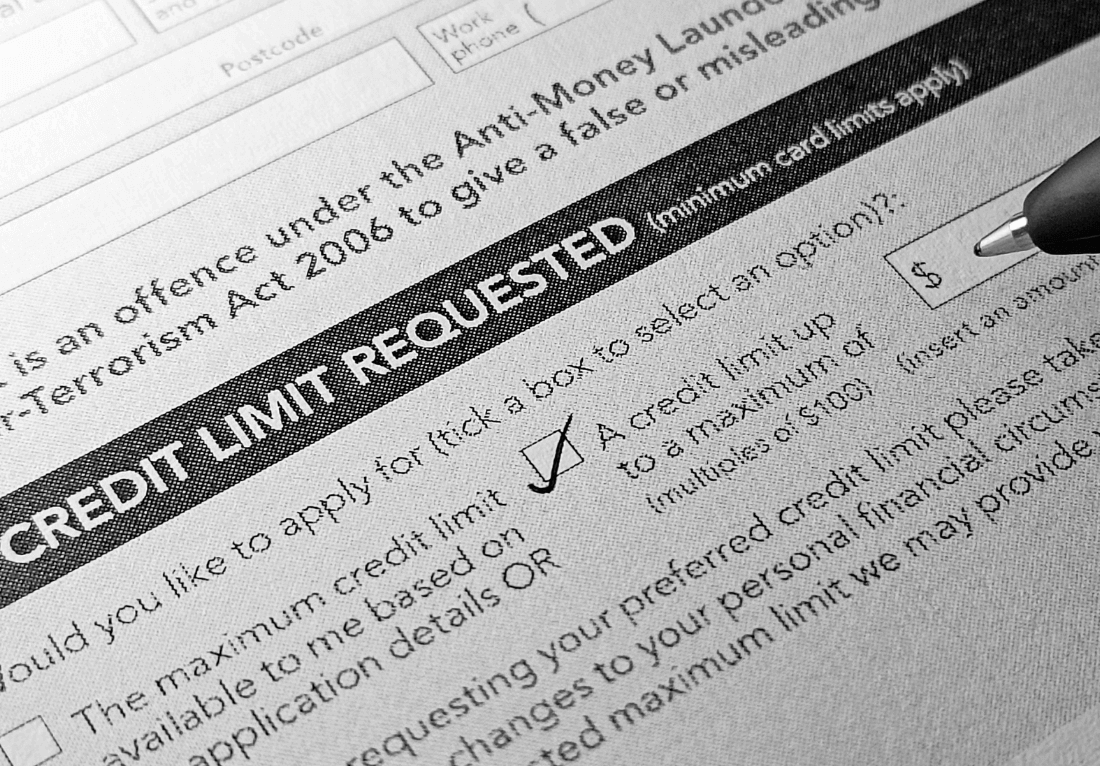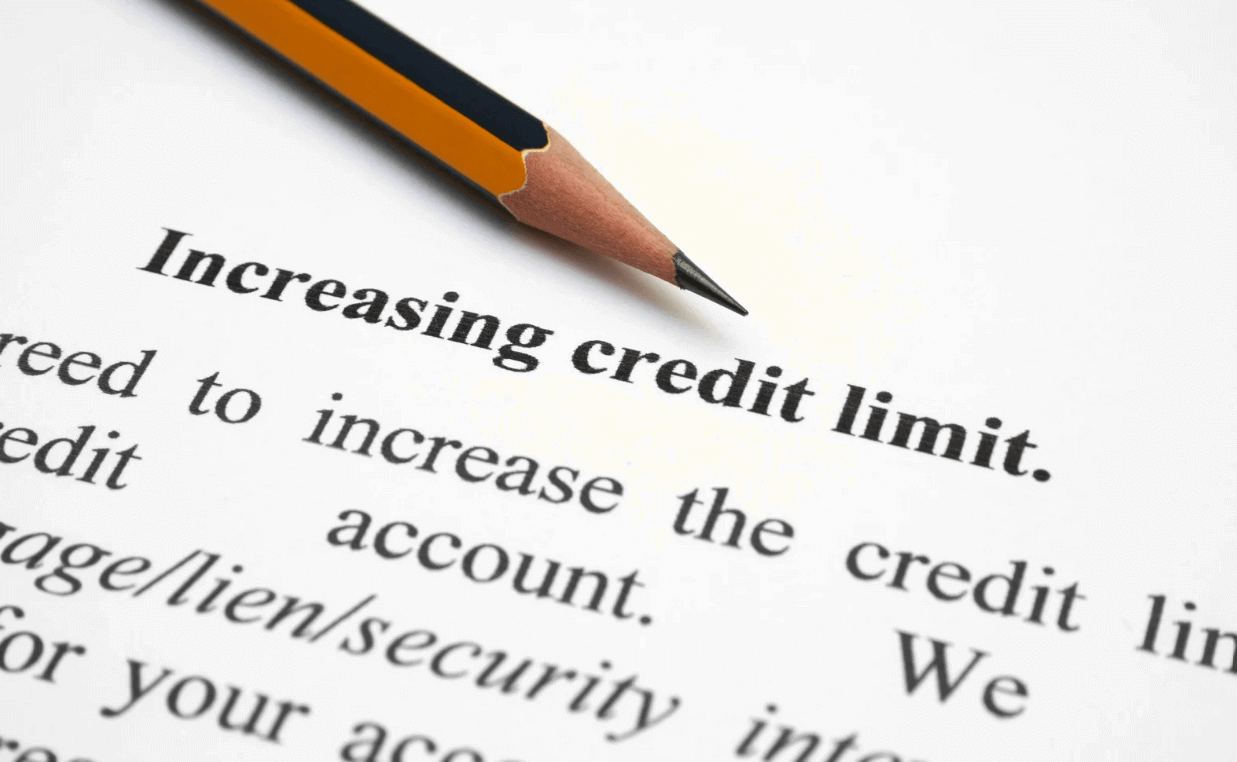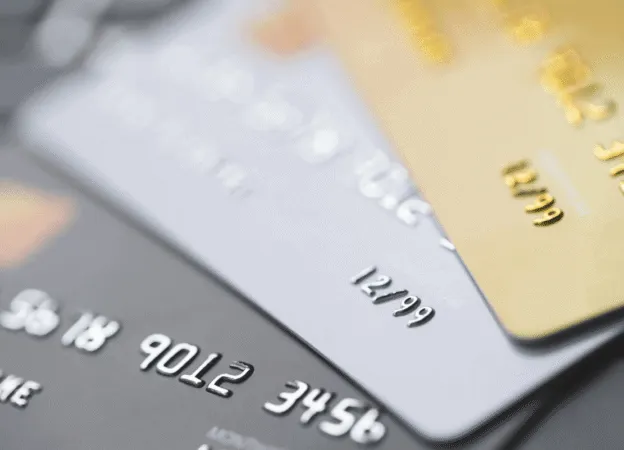For many Australians, credit cards are a convenient tool that allows flexibility with everyday spending. They provide a safety net in emergencies, a way to make larger purchases more manageable, and in many cases, access to rewards programs. However, a crucial aspect of responsible credit card use is understanding your credit limit—and more importantly, learning how to manage it effectively.
Your credit limit isn’t just an arbitrary figure; it’s a direct reflection of how much a lender believes you can safely borrow and repay. Mismanaging this limit can quickly lead to debt stress, but with a thoughtful approach, it can be a valuable financial tool. Whether you’re exploring your first credit card, or looking at options like Australian credit loans, knowing how your credit limit works will help you make informed decisions.
What is a Credit Limit?
A credit limit is the maximum amount of money a lender allows you to borrow on a credit card or line of credit. For example, if your card has a $5,000 limit, you can spend up to that amount. However, this doesn’t mean you should always aim to reach that ceiling.
Credit limits are determined by a range of factors, including:
– Your income level – lenders want to see that you have the means to repay what you borrow.
– Credit history – a good track record of paying debts on time increases your chances of receiving a higher limit.
– Existing debts – if you already have loans or other credit cards, this can affect your approved limit.
– Spending patterns – how you’ve previously used credit also plays a role.

Why Your Credit Limit Matters
At first glance, your credit limit might seem like nothing more than a borrowing cap. But in reality, it has significant implications for your financial well-being.
1. Impact on Credit Score
Your credit utilisation ratio—the percentage of available credit you’re using—affects your credit score. For instance, if you have a $10,000 limit and regularly carry a $7,500 balance, your utilisation rate is 75%, which could signal to lenders that you’re over-reliant on credit. Experts recommend keeping your usage below 30% of your available limit to maintain a healthy score.
2. Financial Cushion
Having a higher limit can be useful in emergencies, such as unexpected car repairs or medical bills. But this benefit is only helpful if you can repay the balance promptly.
3. Potential Debt Trap
A higher limit can be tempting. Without discipline, it’s easy to overspend and fall into the cycle of only making minimum repayments, which leads to mounting interest charges.
Managing Your Credit Limit Wisely
Learning how to manage your credit limit is the difference between using credit as a tool and letting it become a burden. Here are key strategies:
1. Track Your Spending
Always know how much of your credit limit you’ve used. Most banks offer mobile apps that make tracking easy, and setting up alerts for when you reach a certain percentage of your limit can prevent overspending.
2. Make More than the Minimum Repayment
While minimum repayments keep your account in good standing, they barely reduce your balance because most of the payment goes towards interest. Whenever possible, pay more than the minimum, or ideally, pay the full balance each month.
3. Adjust Your Limit to Suit Your Needs
If you feel your current limit tempts you to overspend, request a lower one. On the other hand, if you frequently use a large portion of your limit but always repay on time, you might consider asking your lender for an increase. This can help lower your utilisation ratio, but only if you remain disciplined.
4. Create a Budget
Credit cards should fit into your overall financial plan, not disrupt it. Setting a budget for monthly spending ensures you’re using your card intentionally, rather than treating it as extra income.
5. Keep Emergency Funds Separate
While your credit limit can provide short-term support in emergencies, it’s best to also maintain a cash buffer in a savings account. This reduces reliance on credit and prevents debt from building unnecessarily.
What Happens if You Exceed Your Limit?
Exceeding your credit limit can have several consequences:
– Fees and penalties – many lenders charge an over-limit fee if your balance goes beyond the approved amount.
– Negative impact on credit score – consistently maxing out or exceeding your limit signals risky behaviour to lenders.
– Reduced access to future credit – lenders may be hesitant to approve you for loans or other credit products.
If you find yourself often reaching or exceeding your limit, it might be time to reassess your spending habits or look for alternative financial solutions.

Alternatives to Relying on Credit Cards
Credit cards aren’t the only option for managing cash flow. Depending on your circumstances, you might consider:
– Personal loans – structured repayments and generally lower interest rates compared to credit cards.
– Lines of credit – flexible access to funds, though discipline is still required.
– Specialised lending solutions – for those with a poor credit history, options like Australian credit loans can provide tailored assistance.
The right choice depends on your financial goals, repayment capacity, and overall money management style.
Tips to Stay in Control of Your Credit
To wrap it all together, here are some practical habits to help you manage your credit limit effectively:
– Set up automatic payments – avoid late fees by ensuring your credit card bill is paid on time.
– Review your statements monthly – catch unauthorised transactions and assess your spending habits.
– Use credit for planned expenses – avoid impulsive purchases that can snowball into debt.
– Educate yourself about interest rates – knowing how much you’re charged makes it easier to avoid costly mistakes.
– Reassess regularly – your financial situation will change over time, so review your credit needs and limits every 6–12 months.
Understanding Your Limit Matters
Your credit limit is more than just a number on your statement—it’s a reflection of your financial trustworthiness and a tool that can either work for you or against you. By understanding how it’s set, why it matters, and how to manage it responsibly, you can use credit to your advantage while avoiding the stress of mounting debt.
Whether you’re just starting out with your first card, considering alternatives like personal loans, or exploring credit loans, the key is to approach credit thoughtfully. With discipline, awareness, and sound money management, you’ll ensure your credit limit supports your lifestyle rather than controlling it.



